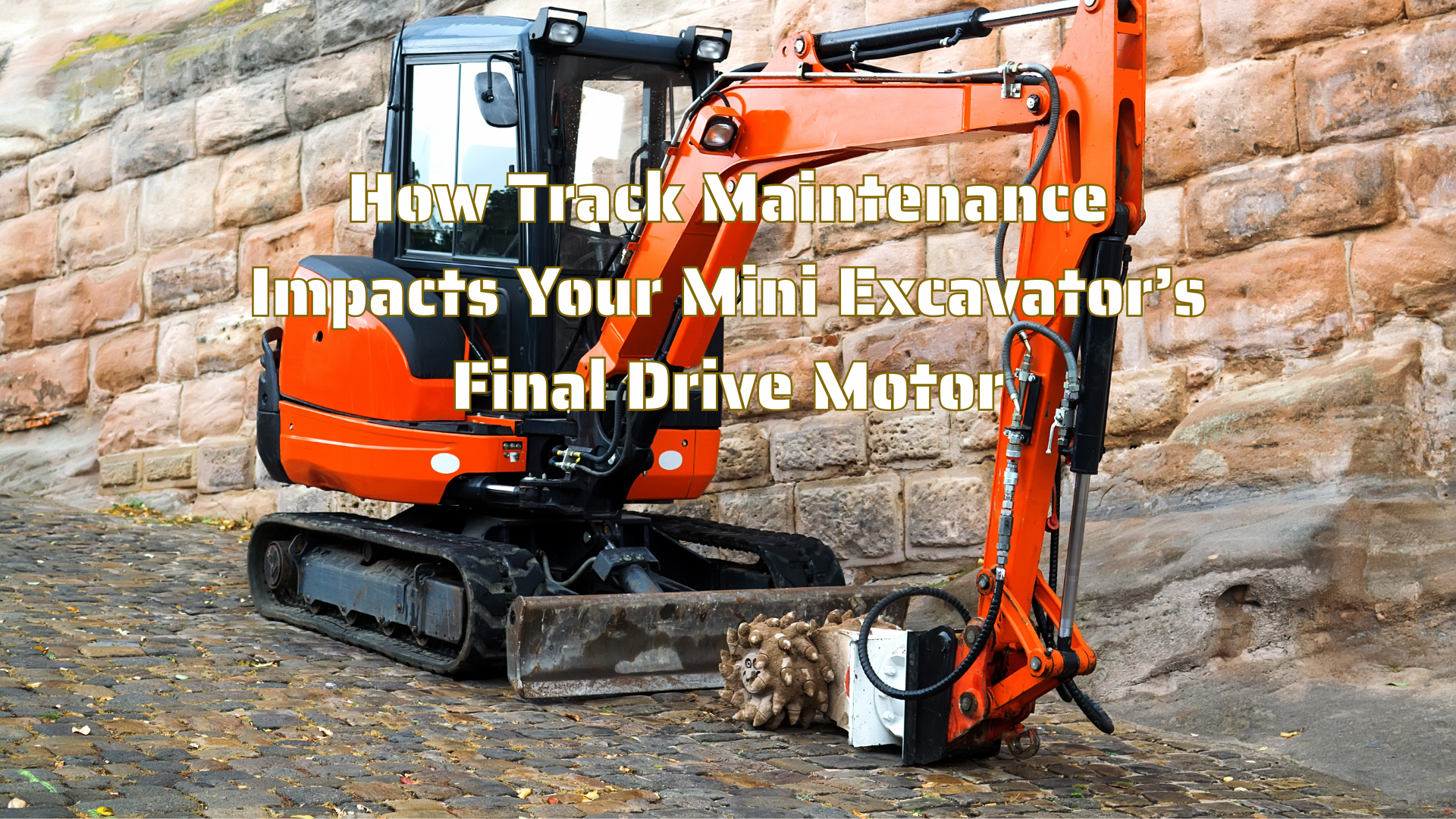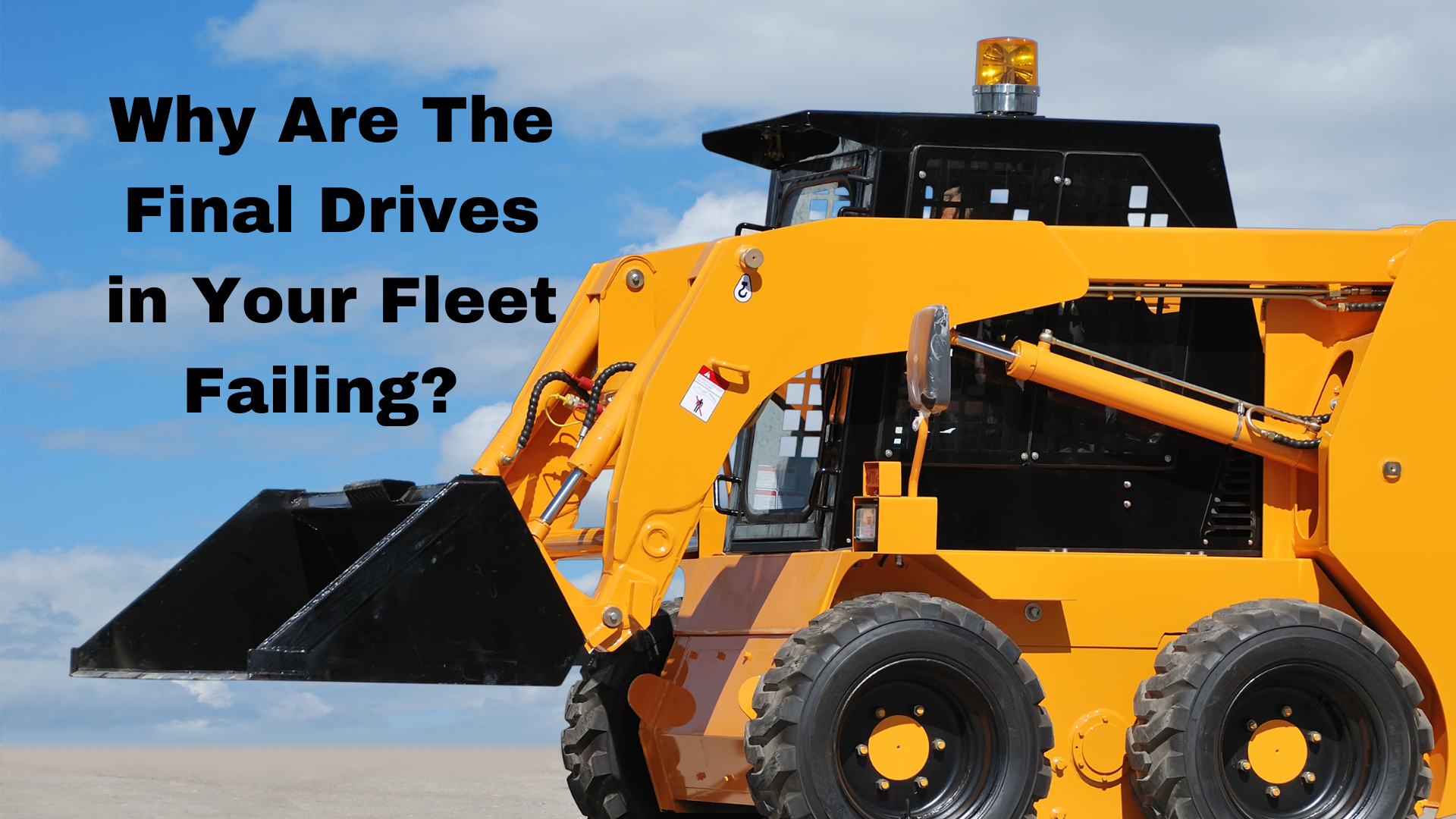Taking Care of the Tracks on Your CTL
Jan 21st 2018
How to Maintain the Tracks on your CTL
Tracks work where wheels fail by spreading the massive weight of your machine over a larger surface area. This allows them to work in slippery, muddy, or otherwise unstable terrains where wheels would not be able to gain traction or would simply sink. The average life of rubber tracks is 1,200 and 1,600 hours – and here are some things to keep in mind if you want to maximize the life of your tracks!
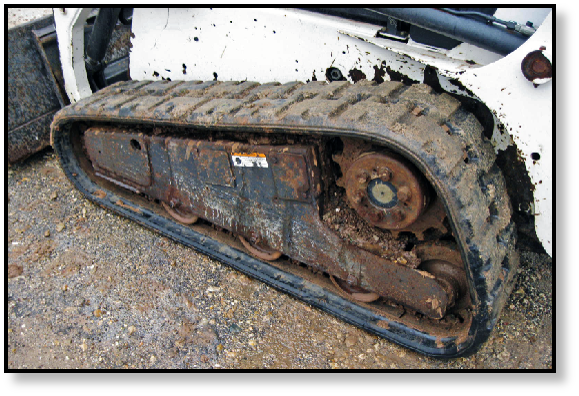
Not a Skid Steer
Keep in mind that your compact track loader is NOT a skid steer. For example, the tracks on a CTL have enough traction that you don’t need to spin it to fill the bucket. Spinning will actually reduce the life of your tracks. Instead of spinning or counter-rotating to make turns, perform a three-point turn. This will reduce the wear on both the undercarriage and your tracks, and this isn’t as likely to force soil and debris into the undercarriage. It’s also wise to alternate turns to the left and right to even out the kind of wear the undercarriage and the tracks are experiencing.
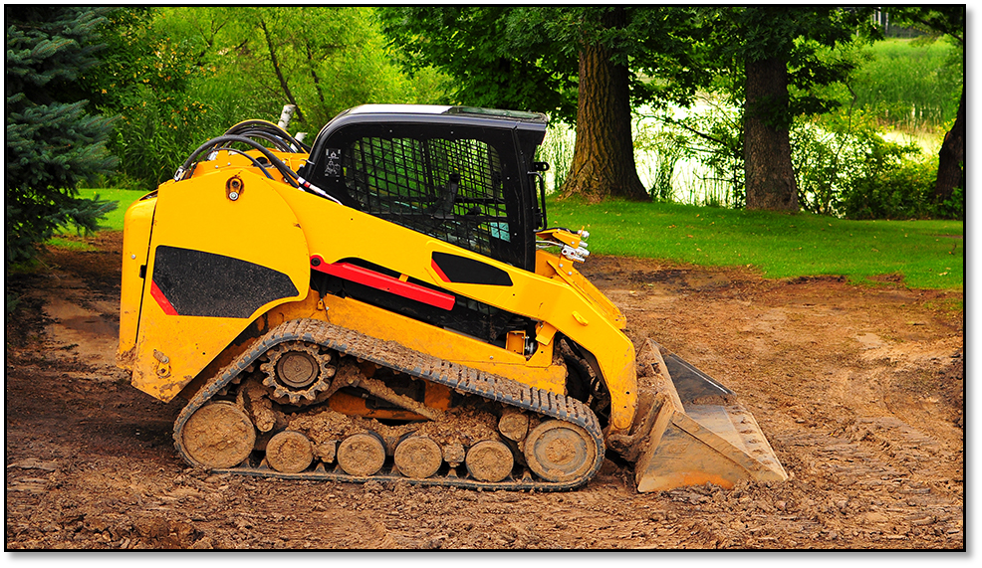
Also, if you have to work in an area where there are abrupt changes in slope or elevation, keep in mind that if one of the tracks isn’t fully supported, then damage or even derailment could result. Try to avoid those types of transitions.
Track Tension
Track tension is another important concept in extending the life of your tracks. If your tracks are too tight, there are several issues that can develop. For one thing, more abrasive material will be forced between the metal parts and will wear away at them. The greater friction that results from your tracks being too tight will increase their rate of wear and reduce their useful life as well. Your machine will also require more power, and subsequently more fuel.
In short, it is considered to be better if your tracks are a little loose than if they are a little tight. Keep in mind, however, that if they are too loose, they can come off. In short, when it comes to track tension, you want to use some common sense.
General Maintenance
One of the most important things you can do to maintain your tracks is to keep the undercarriage of your machine clean. This should be done every day your machine is used, and if the area is especially abrasive (e.g., gravel, clay) or muddy, then you might want to consider cleaning it several times. Be sure to knock as much debris out of the tracks as you can. Also, make sure that the rollers are free to turn and are not impacted with dirt and debris.
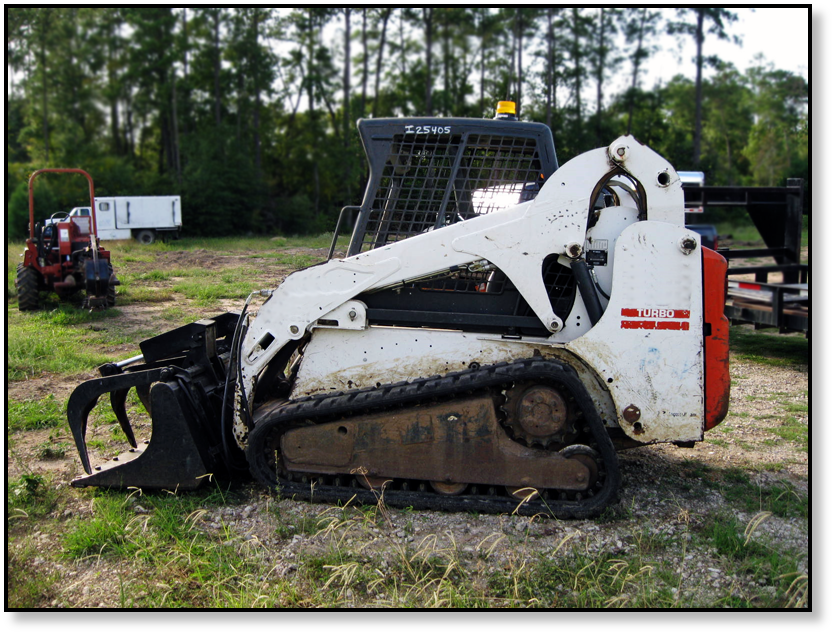
Once everything is cleaned up, check the tracks for uneven wear. Uneven wear will end up shifting the load to other components and cause the system to wear out more quickly. Also, check the sprocket for wear. In particular, look for hooks and pockets on the teeth that could hook into the mandrels on the track. When you notice excessive wear on the sprocket, it’s a good idea to replace it to prevent unnecessary wear and damage to the tracks.
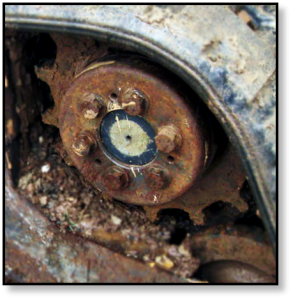
Key to Maximizing the Life of the Tracks
The key to maximizing the life of the tracks on your compact track loader lies in regular maintenance and cleaning.




